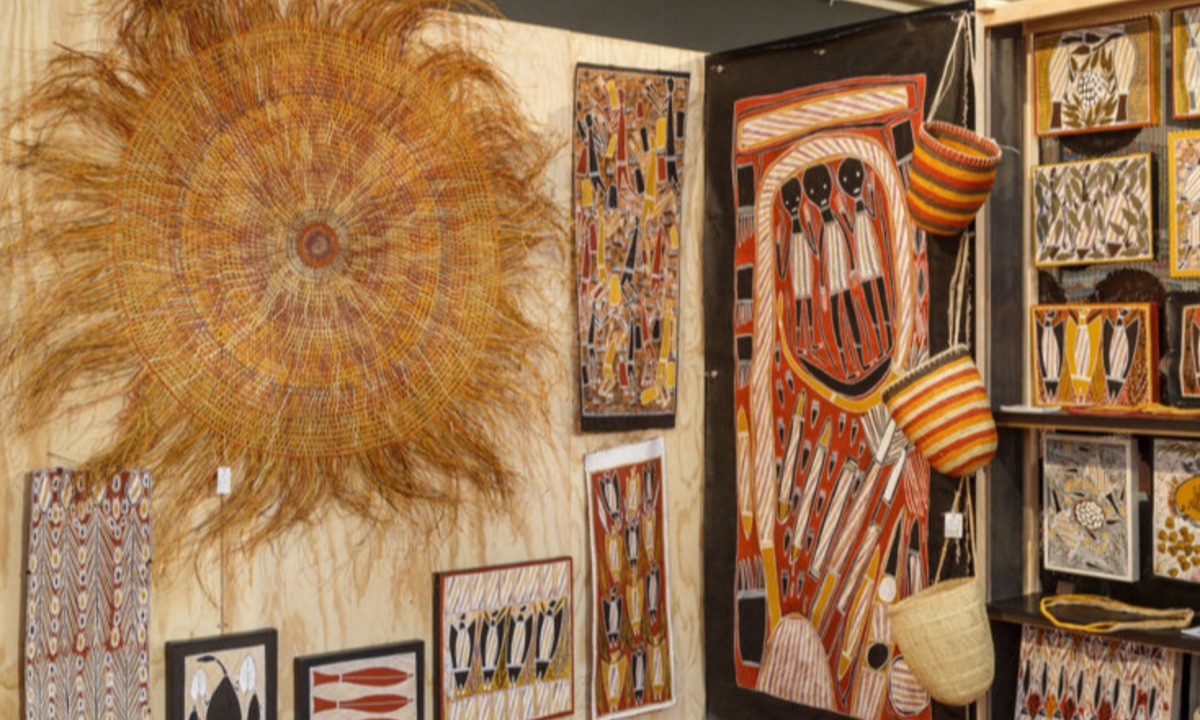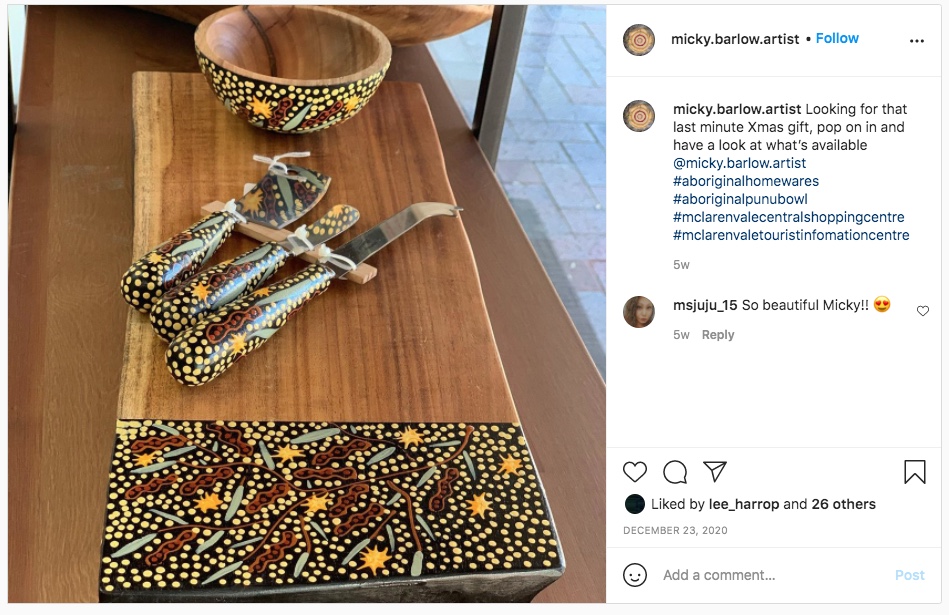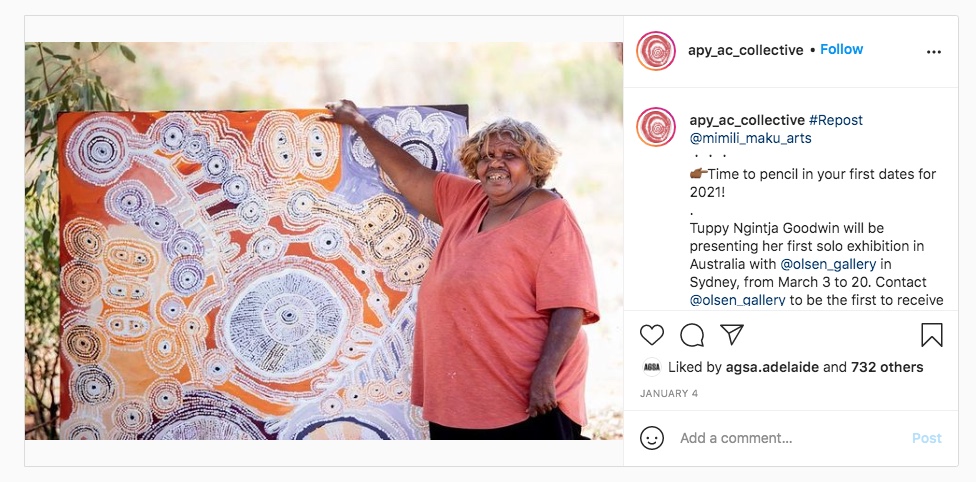How to buy Indigenous art ethically
Indigenous art is known for its beauty and connection to culture. Here’s how you can purchase the art ethically and transparently.

Indigenous art can be an attractive centrepiece for any room of your home, but like any premium piece of art, it’s important to ensure the work credits and supports the artist.
This not only protects your investment but also helps the artists while celebrating the rich culture it springs from.
Follow these tips from Indigenous artists to ensure your next purchase is ethically sourced.
Avoid shops which sell mass-produced art
Although she isn’t a part of a gallery herself, Kokatha woman and Aboriginal artist Micky Barlow says galleries and art centres are an ethical alternative to places that appropriate and rip-off Indigenous art.
“[Some places sell] Aboriginal art, didgeridoos and boomerangs which aren’t traditional artworks and are made in China,” Micky says.
“You need to go to a reputable gallery or art centre.”
Additionally, many ethical galleries, art centres and artists are a part of the Indigenous Art Code, meaning they follow a code of ethics and have certification of their association with the organisation.

Research before you buy from a dealer
Indigenous Art Code Chair and Quandamooka person, Stephanie Parkin says sourcing Indigenous art before researching a gallery or dealer can lead to buying unethically.
“We encourage consumers to educate and inform themselves and support artists and their communities by purchasing art,” Stephanie says.
“Consumer behaviour has a huge impact on the entire supply chain for Indigenous art and the way artists are treated by those trading in their art.”
An ethical trader will answer questions about the artist, the art centre or gallery, how the dealer sources the art and the dealer’s business model.
Watch for these warning signs
Parkin says it’s important to use your instinct and look for some particular warning signs when purchasing Indigenous art.
She says if the gallery or dealer doesn’t have a set location, has limited pieces of art and isn’t an Indigenous Art Code member it could mean they’re unethical in their practices.
Other warning signs include if a collection of works doesn’t connect in theme or location, if a trader will lower their price and if photos of artists holding the work rather than official authentication certificates are in place.
Buy straight from the source
Ashleigh Darrie is a Kokatha artist based in Victor Harbor.
Ashleigh sells her work at market stalls, and through online channels and says being a sole trader allows her to have power over her art.
“I’m able to manage who I’m selling to, manage my own events and have control over everything,” Ashleigh says.
“There’s limitless freedoms.”
For the 23-year-old, selling her art directly allows her to interact with the customer.
Ashleigh says this ensures the customer know they’re not buying anything copyrighted or mass-produced.
“[Buying from artists] is important because then you’re not only supporting a small business but supporting Aboriginal culture,” Ashleigh says.
“You’re helping us tell you the story and educate you.”

Look for a certificate of authenticity
“If you’re looking at artwork, always make sure there’s a certificate of authenticity,” says Micky Barlow.
Micky sells most of her work through her studio in McLaren Vale and says she, like other reputable artists and galleries, offer a certificate of authenticity with her art to ensure transparency.
“Most of them will have a photograph of the artist, details of where they come from, what their language group is and will be signed by the artist.”
Micky also says buying Indigenous art ethically recognises the effort put into making the art.
“A painting does take a long time to do and there’s a lot of sentiment that goes along with it,” Micky says.
“We want to be respected and valued for the work that we do.”



